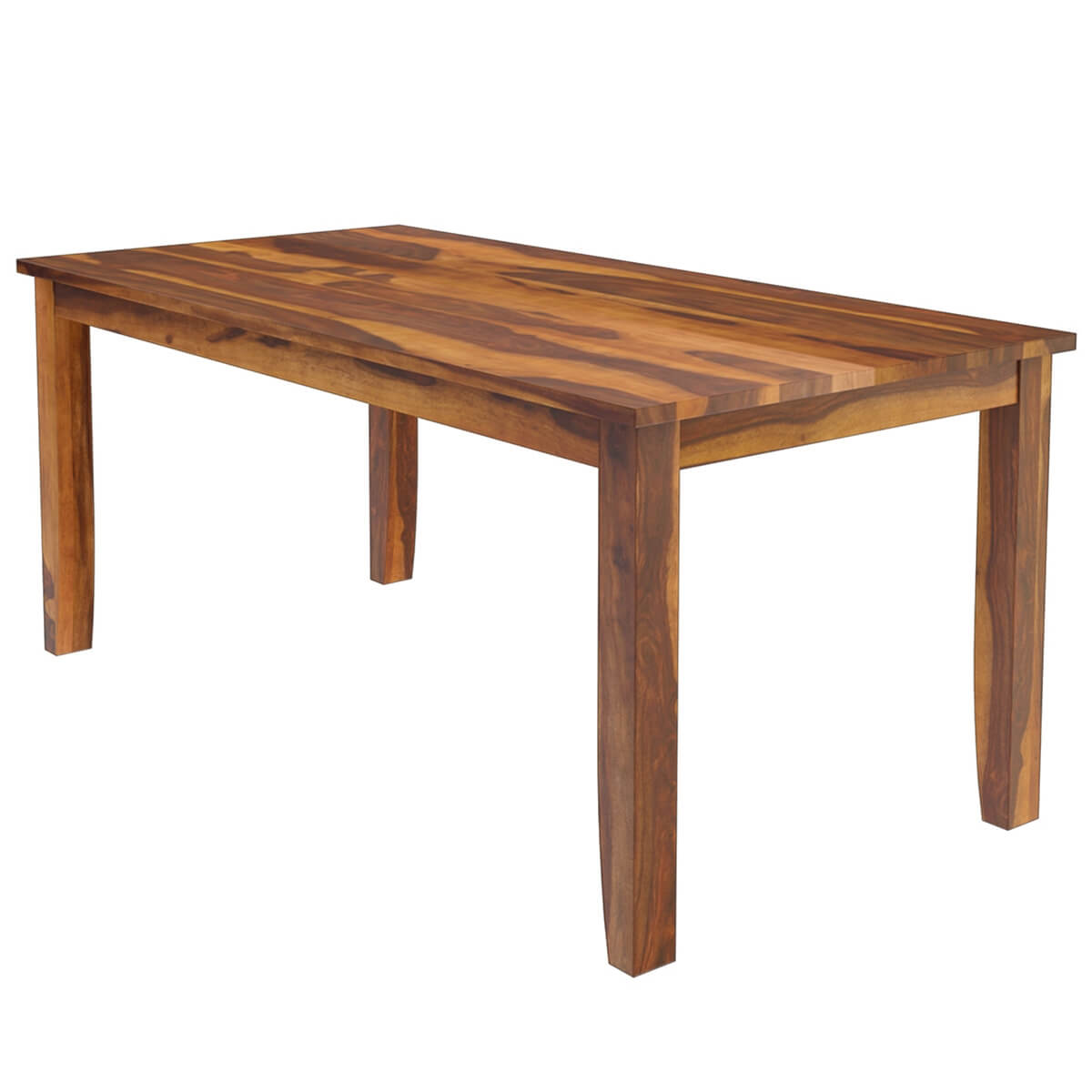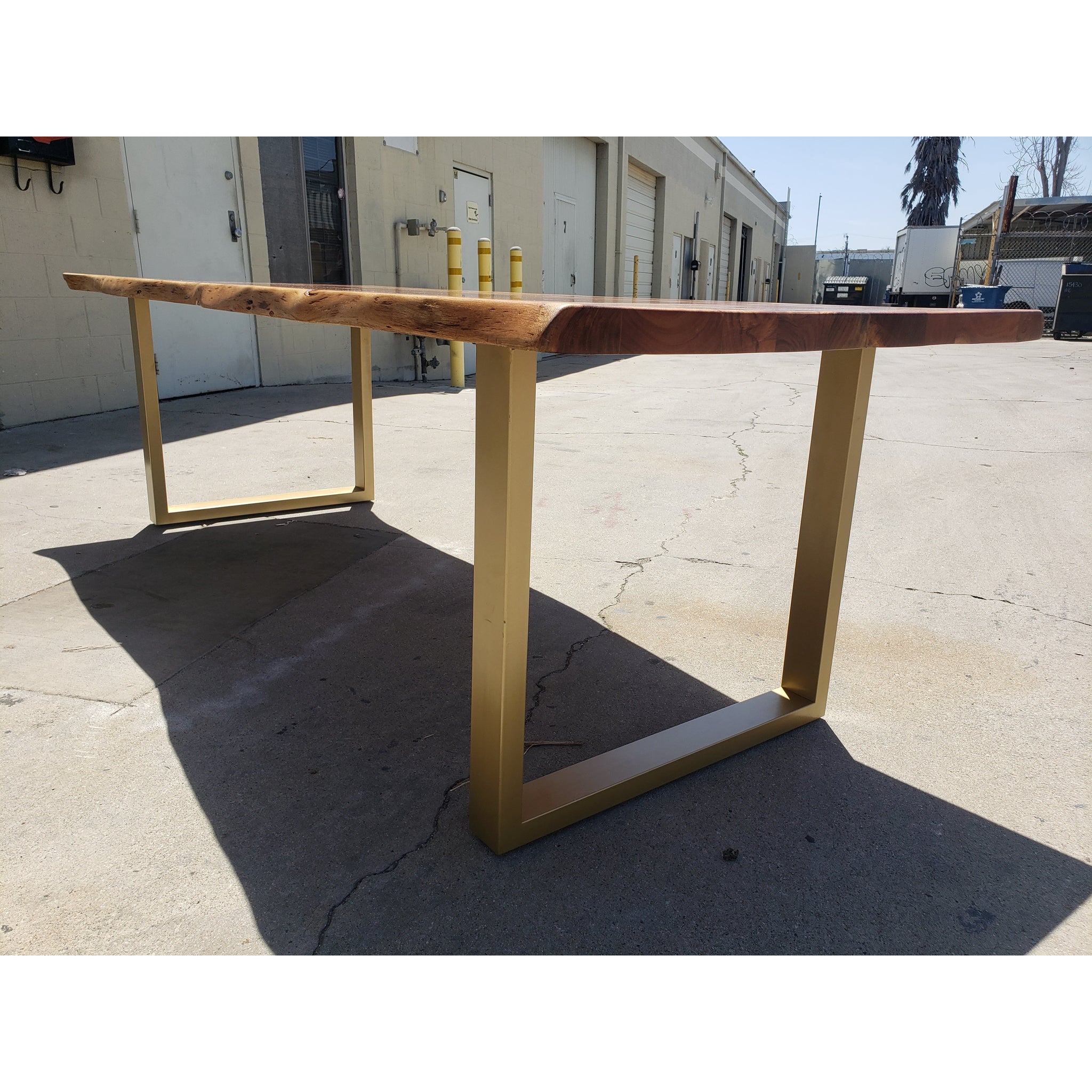Boost Your Eating Experience with Timeless Dining Table Legs Wood
Boost Your Eating Experience with Timeless Dining Table Legs Wood
Blog Article
Crucial Factors To Consider for Choosing the Right Eating Table Legs Wood
Selecting the suitable wood for dining table legs includes a nuanced understanding of different elements that affect both capability and visual allure. The selection of timber kind, varying from durable woods to extra fragile softwoods, plays a crucial duty in making sure durability and stability. Each of these components can dramatically impact the total experience of your eating room.
Relevance of Wood Kind

Hardwoods, such as oak, walnut, and maple, are typically liked for their stamina and resistance to use. These sorts of wood supply a durable structure that can stand up to everyday use, making them optimal for dining tables that experience regular events. On the other hand, softer woods like pine might be extra at risk to damages and scrapes, which may not be ideal for high-traffic locations.
Moreover, the choice of timber can additionally affect the simplicity of maintenance. Some timbers require normal oiling or securing to protect their appearance, while others might be a lot more flexible. Eventually, selecting the appropriate timber type involves stabilizing visual factors to consider with useful requirements, ensuring that the eating table legs not only look enticing but likewise stand the examination of time.
Evaluating Stability and Stamina
When examining table legs, one must take into consideration the security and strength they give to the overall framework. The legs are essential in supporting the table top and making sure the eating experience is risk-free and delightful. A secure table is essential for avoiding tottering or tipping, which can result in spills or crashes during dishes.
The choice of timber kind substantially affects toughness. Hardwoods such as walnut, maple, and oak are usually more durable and robust than softwoods like ache or fir. Additionally, the density and layout of the legs play a vital function; thicker legs or those with a tapered design can use far better support and stability.

Aesthetic Factors To Consider
While functionality is vital, the aesthetic allure of table legs can not be ignored, as they considerably affect the total design and atmosphere of the eating space. The option of style, timber, and surface can improve or take away from the table's aesthetic influence.

Coatings additionally play a vital role in appearances. A natural surface can highlight the timber's intrinsic charm, while repainted or tarnished legs can introduce color and individuality into the space. The percentage and range of the legs relative to the tabletop and surrounding furniture needs to be taken into consideration to make certain aesthetic equilibrium and cohesion.
Eventually, the table legs need to not just offer a useful function yet also add to a cohesive and inviting environment, making them a crucial factor to consider in the general design of the eating location.
Upkeep Needs
To ensure longevity and preserve the appeal of wooden dining table legs, routine maintenance is vital (Dining Table Legs Wood). Wood is a natural product that can be susceptible to damage from moisture, warmth, and put on. Consequently, developing a regular care plan will considerably enhance the sturdiness of your dining table legs.
Begin with regular dusting making use of a soft, lint-free towel to eliminate dust and debris that can scratch the surface area. For even more extensive cleaning, use a moderate soap option and damp fabric, avoiding excess dampness that might leak into the wood. It is advisable to use a high-quality timber polish or conditioner every few months to nurture the wood and keep its gloss.
Furthermore, think about the environment where the table is positioned. Prevent direct sunshine, as it can cause fading, and make use of rollercoasters or placemats to protect the surface from warm and wetness. Deal with any type of scrapes or dents without delay with proper wood filler or touch-up pens to stop additional damage. By adhering to these maintenance demands, you will not only maintain the aesthetic allure of your wood dining table legs however also prolong their useful life expectancy.
Budget and Expense Variables
Spending plan and price factors frequently play an important function in the decision-making procedure for picking wood table legs. When examining alternatives, it is vital to establish a clear budget that aligns with your overall furniture investment. The cost of wooden dining table legs can differ significantly based upon the kind of design, workmanship, and timber intricacy.
Hardwoods such as oak, cherry, and walnut usually command higher costs because of their longevity and aesthetic allure. In comparison, softer woods like want may be a lot more budget friendly however might not use the same durability. Additionally, personalized or artisan-crafted legs can sustain additional costs, reflecting the ability and time bought their creation.
It is likewise crucial to take into consideration the potential lasting value of your financial investment. While selecting lower-cost products could appear financially prudent originally, they may need even more constant substitute or repair services, ultimately boosting overall expenditure.
Consequently, balancing top quality and expense is necessary. Prioritize imp source products that satisfy your visual choices while guaranteeing they fit comfortably within your spending plan, allowing you to develop an eating area that is both functional and aesthetically attractive.
Verdict
In final thought, selecting the ideal wood for eating table legs necessitates mindful consideration of various factors, consisting of wood type, security, appearances, upkeep, and budget plan. Eventually, an educated decision will certainly boost the long life and visual charm of the dining table, guaranteeing complete satisfaction and functionality for years to come.
Picking the best type of timber for eating table legs is critical for both aesthetic charm and architectural honesty. Eventually, selecting the appropriate wood kind involves stabilizing aesthetic considerations with useful demands, making sure that the eating table legs not only look appealing but also stand the test of time.
It is advisable to apply a high-quality wood gloss or conditioner every couple of months to nourish the timber and maintain its radiance.
The expense of wood dining table legs can differ considerably based on the type of timber, design, and craftsmanship complexity.
In conclusion, picking the proper timber for eating table legs requires mindful consideration of various factors, consisting of wood kind, stability, appearances, maintenance, visit this web-site and budget.
Report this page